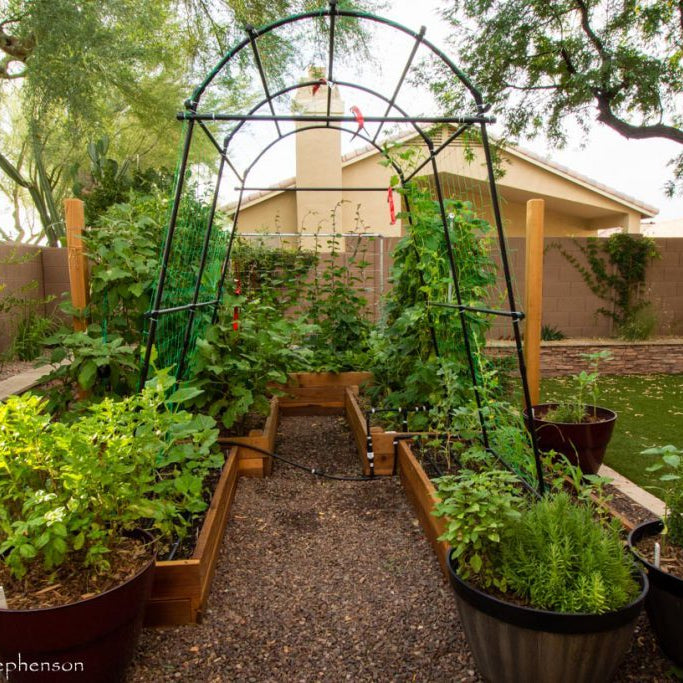
Available 24/7
Available 24/7

Monstera plants, affectionately known as the Swiss Cheese plant, have become a trending favorite among plant lovers, thanks to their stunning appearance and relatively low-maintenance care needs.
These tropical beauties are native to the rainforests of Central and South America, where they grow in the dappled light beneath the forest canopy. The large, glossy leaves with their iconic holes and splits make Monstera plants a striking addition to any home or office space. 🌱
If you're considering adding a Monstera to your indoor plant collection, you’re in for a treat. With the right care, these plants can thrive for years and become a bold, beautiful focal point in any room.
In this guide, we’ll explore the best tips for ensuring your Monstera plant grows healthy and strong. From light requirements to propagation, we’ll cover everything you need to know to make your Monstera magic come to life! ✨
1. Light: The Key to Monstera Growth 🌞
Monstera plants thrive in bright, indirect light. In their native habitat, these plants grow under the canopy of taller trees, receiving filtered sunlight. Too much direct sunlight can scorch their delicate leaves, causing them to turn yellow and develop brown patches.
Therefore, it’s essential to place your Monstera in a spot with plenty of indirect light. A well-lit room with natural light from a nearby window works best. If direct sunlight is unavoidable, position your Monstera further away from the window or use sheer curtains to filter the light. 🌿
On the flip side, if your Monstera is placed in a spot with too little light, it will start to show signs of stunted growth. The leaves may become smaller, and the plant may grow more slowly. If this happens, try moving it to a brighter location, or supplement the light with artificial grow lights to help it thrive. 💡
2. Watering: Striking the Right Balance 💧
Watering your Monstera plant properly is crucial to its health. These plants are succulents, meaning they can tolerate drought, but overwatering can lead to root rot. The key is to find a balance.
Monstera plants should be watered when the top inch or two of soil feels dry to the touch. Ensure that you are not keeping the soil too wet for prolonged periods. 💦
To water your Monstera, use a watering can with a narrow spout and pour the water directly onto the soil, avoiding getting water on the leaves. After watering, allow the excess water to drain freely from the pot.
Make sure your pot has proper drainage holes to prevent water from collecting at the bottom, which can cause root rot. During winter, Monstera plants tend to need less water, so reduce watering frequency accordingly. 🌵
3. Soil: The Foundation for Healthy Growth 🌱
Monstera plants prefer well-draining soil that retains some moisture but doesn’t become soggy. A good potting mix for Monstera plants should contain a mix of peat moss, perlite, and vermiculite.
These ingredients provide the right balance of moisture retention and drainage. Avoid using heavy, clay-based soils that do not allow for proper water drainage, as they can lead to waterlogged roots. 🌍
If you’re repotting your Monstera, be sure to choose a pot that is only slightly larger than its current container. A pot that’s too large can hold excess moisture, which could result in root rot. To further improve drainage, you can add a layer of pebbles or gravel at the bottom of the pot. 🌾
4. Humidity: Keep It Tropical 🌴
As a tropical plant, Monstera thrives in high humidity environments. In dry indoor air, you may notice your Monstera’s leaves developing brown tips or edges.
To combat this, you can increase the humidity around your plant. Place a humidifier nearby, or group your Monstera with other plants to create a microclimate with higher humidity. 🌬️
Another simple trick is to mist the leaves with water to provide extra moisture. However, avoid overly wetting the leaves, as this can lead to fungal issues. Regularly check the soil’s moisture level, ensuring it remains slightly moist while avoiding excessive water retention. 🌿
5. Fertilization: Feed Your Monstera for Better Growth 🌱
Monstera plants are not heavy feeders, but they do benefit from occasional fertilization. During the growing season, which is typically spring and summer, fertilize your Monstera once a month using a balanced, water-soluble fertilizer.
This will provide the plant with essential nutrients for healthy growth and lush foliage. 🌸
It’s important not to over-fertilize your Monstera, as this can lead to salt buildup in the soil, which can damage the roots. Always follow the instructions on the fertilizer package, and avoid fertilizing in the dormant season (fall and winter), as the plant is not actively growing. 🌿
6. Pruning: Keep Your Monstera in Shape ✂️
Over time, Monstera plants can become leggy or unruly. Regular pruning is essential to maintain their shape and size, as well as to encourage bushier growth. Pruning can also help you control the plant’s size and ensure it doesn’t outgrow its space. 🌱
To prune your Monstera, use sharp, clean pruning shears and cut the stems just above a leaf node (the spot where the leaf attaches to the stem). This will help promote new growth in the right areas. You can also remove any yellow or brown leaves to keep the plant looking healthy and vibrant. 🌿
7. Propagation: Grow More Monsteras 🌿
One of the best things about Monstera plants is how easy they are to propagate. By taking stem cuttings from a healthy plant, you can grow new Monsteras to expand your indoor garden.
To propagate your Monstera, choose a cutting that is at least a few inches long and contains a node. The node is where the leaves attach to the stem and is essential for root development. 🌱
Place the cutting in a jar of water or in soil. If you’re using water, ensure that the node is submerged, but the rest of the cutting is above the water. Keep the cutting in a bright, warm spot, and change the water every few days.
In a few weeks, you’ll notice roots beginning to form. Once the roots are well-developed, you can transplant the cutting into a pot with soil. 🌿
Conclusion: A Monstera for Every Home 🌿
Monstera plants are a great choice for anyone looking to add a touch of tropical beauty to their home. With their iconic split leaves and low-maintenance care requirements, they are perfect for both beginner and experienced plant parents alike.
By following the tips outlined in this guide, you can ensure that your Monstera thrives and becomes a stunning addition to your indoor space. 🌱
From proper lighting to watering, soil care, and propagation, Monstera plants are incredibly rewarding to care for. With the right care, your Monstera will thrive, becoming a lush, green centerpiece in your home. 🏡
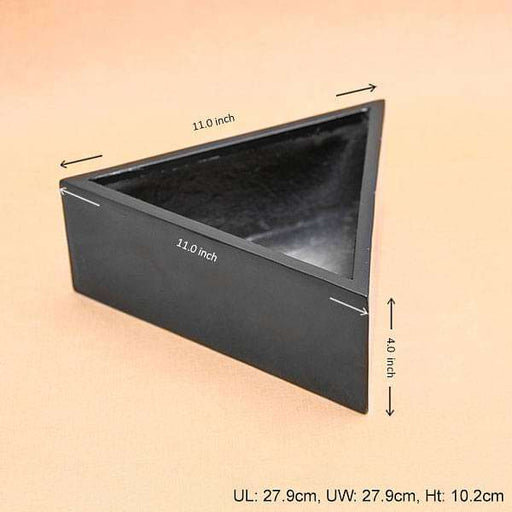
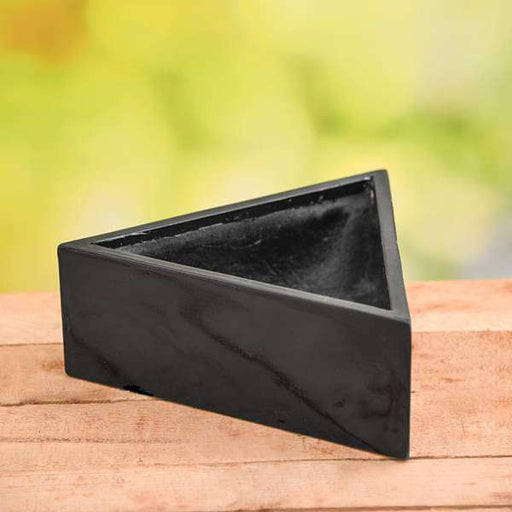 Save 13%
Save 13%
11 inch (28 cm) SML-007 Triangle Fiberglass Planter (Black) The 11 inch (28 cm) SML-007 Triangle Fiberglass Planter in sleek black is the ...
View full details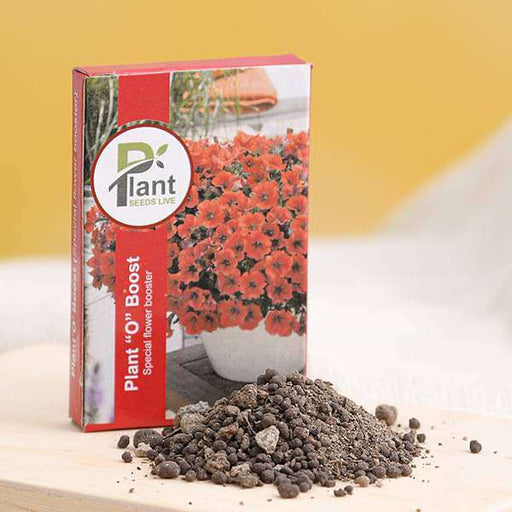
Plant O Boost (Special Flower Booster) Unlock the full potential of your garden with Plant O Boost, a scientifically formulated flower boo...
View full details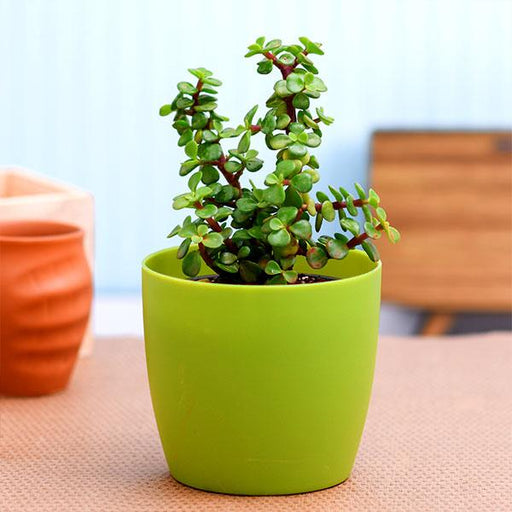
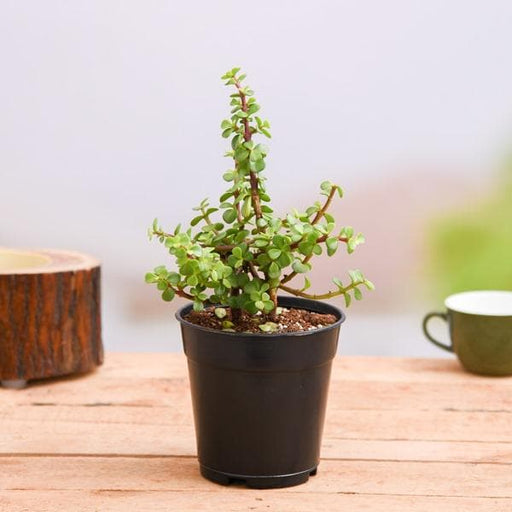 Save up to 17%
Save up to 17%
Goodluck Jade Plant with Pot The Goodluck Jade Plant, scientifically known as Crassula ovata, is a succulent that symbolizes prosperity an...
View full details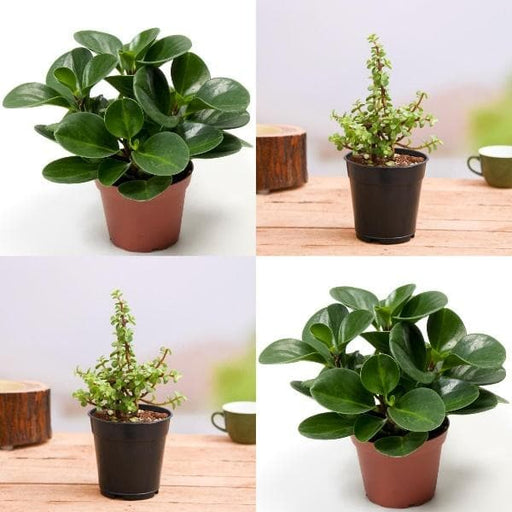 Save 15%
Save 15%
Set of 2 Good Luck Plants Pack Bring positivity and prosperity into your home with our Set of 2 Good Luck Plants Pack. This delightful col...
View full details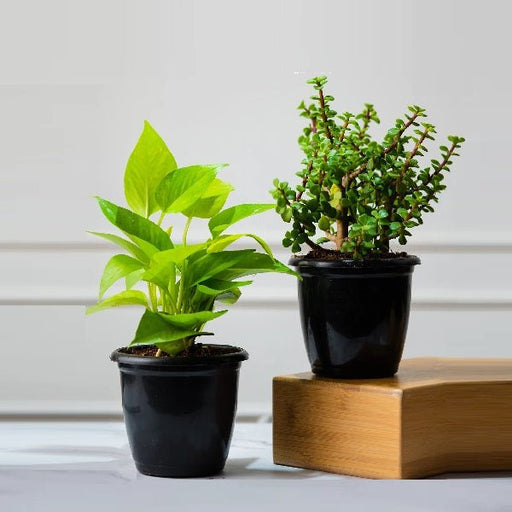 Sold out
Sold out
Set of 2 Lucky Plants Bring prosperity and positivity into your home with our Set of 2 Lucky Plants. These vibrant green plants, known for...
View full details
 Save up to 15%
Save up to 15%
Peace Lily, Spathiphyllum - Plant The Peace Lily, scientifically known as Spathiphyllum, is a stunning houseplant celebrated for its elegant white...
View full details
 Save 18%
Save 18%
Combo Constituents Includes the Parijat Tree (Night-Flowering Jasmine), a culturally significant plant with fragrant flowers. Description The Pari...
View full details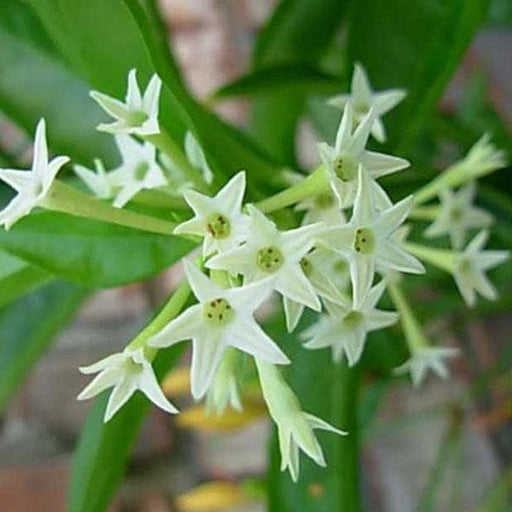
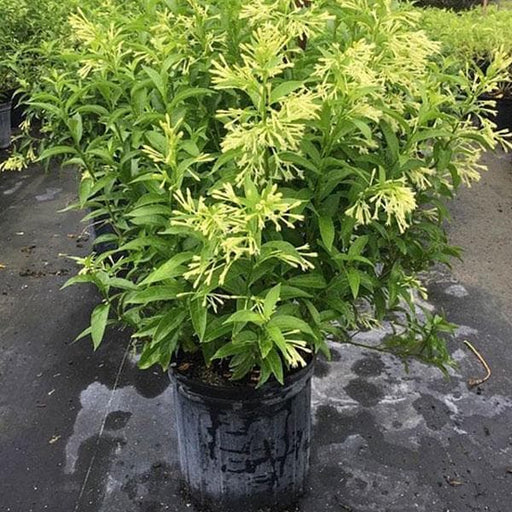 Save 25%
Save 25%
Description Raat Ki Rani (*Cestrum nocturnum*), also known as Night Blooming Jasmine, is a fragrant shrub native to the Caribbean and Central Ameri...
View full details
 Save 25%
Save 25%
Jasminum sambac, Mogra, Arabian Jasmine - Plant Jasminum sambac, commonly known as Mogra or Arabian Jasmine, is a fragrant flowering plant...
View full details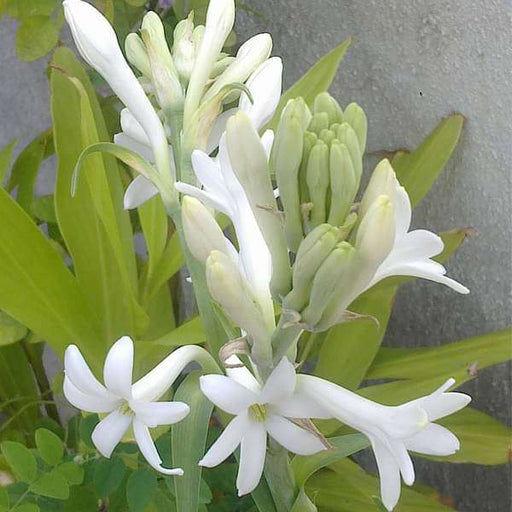
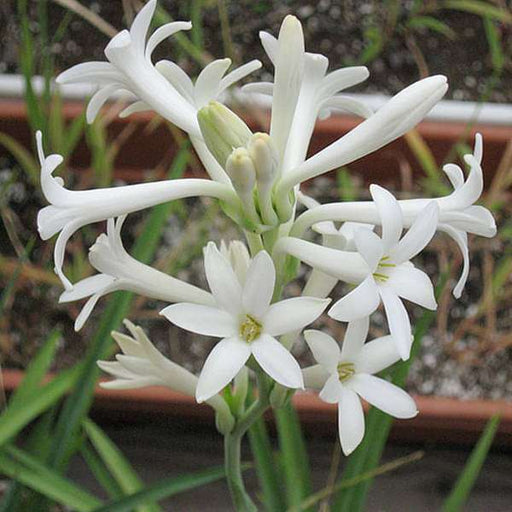 Save 17%
Save 17%
Rajnigandha, Tuberose - Plant The Rajnigandha, scientifically known as Polianthes tuberosa, is a captivating perennial plant renowned for ...
View full details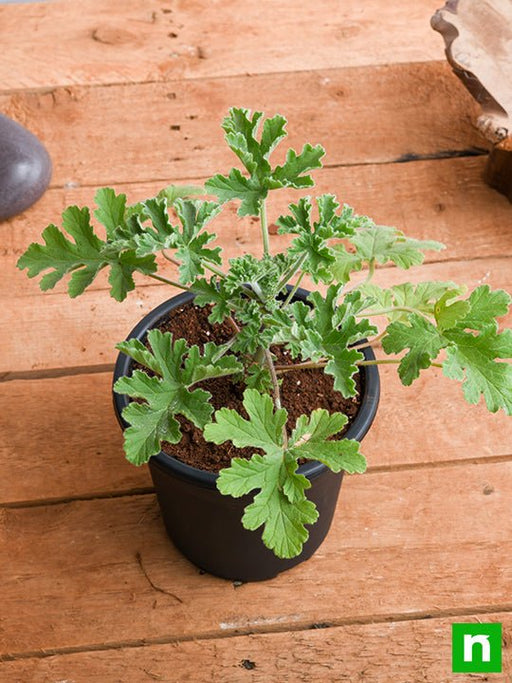
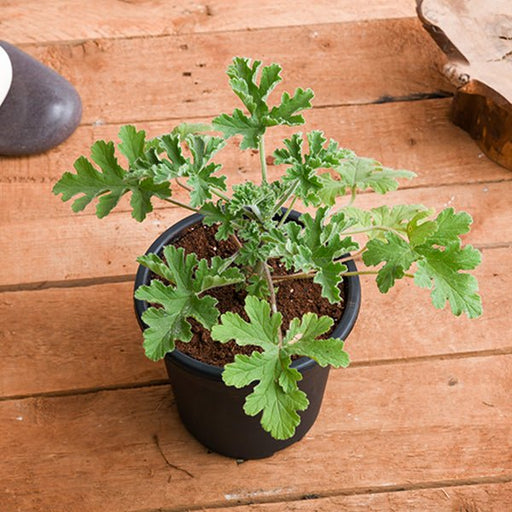 Sold out
Sold out
Citronella, Odomas - Plant The Citronella plant, scientifically known as Cymbopogon nardus, is a tropical grass renowned for its aromatic ...
View full details Save 25%
Save 25%
Damascus Rose, Scented Rose (Any Color) - Plant The Damascus Rose, also known as Rosa damascena, is a timeless symbol of beauty and romanc...
View full details
 Save 35%
Save 35%
Best 6 Plants for Perfect Indoor Garden Transform your living space into a lush oasis with our curated collection of the Best 6 Plants for a...
View full details
 Save up to 50%
Save up to 50%
Mini Succulent Garden Pack Transform your space with our Mini Succulent Garden Pack, featuring a delightful collection of 4 any variety beautiful s...
View full details
 Save 30%
Save 30%
5 Best Fragrant Plants Transform your garden or indoor space into a fragrant paradise with our curated selection of the 5 Best Fragrant Plants. Th...
View full details
 Save 24%
Save 24%
Set of 2 Bonsai Looking Grafted Adeniums Transform your indoor or outdoor space with our exquisite Set of 2 Bonsai Looking Grafted Adenium...
View full details Save 45%
Save 45%
Top 4 Die Hard Succulents Pack Transform your indoor or outdoor space with our Top 4 Die Hard Succulents Pack, featuring a curated selecti...
View full details
 Save 30%
Save 30%
5 Best Indoor Plants Pack Transform your living space into a lush oasis with our '5 Best Indoor Plants Pack.' This carefully curated collection fe...
View full details
 Save 25%
Save 25%
Set of 4 Evergreen Air Purifier Plant Pack Transform your indoor space into a lush, green oasis with our Set of 4 Evergreen Air Purifier Pla...
View full details
Leave a comment